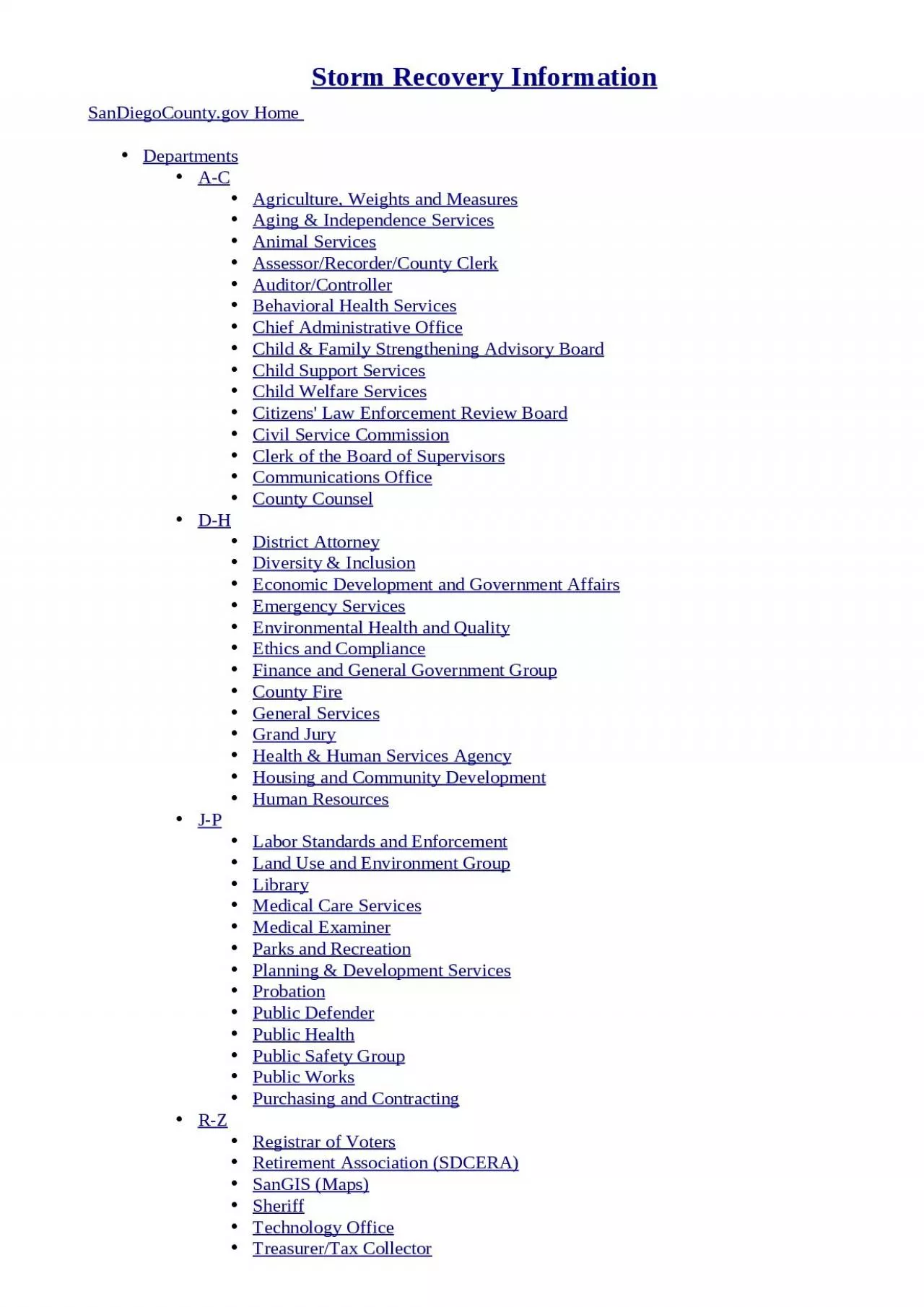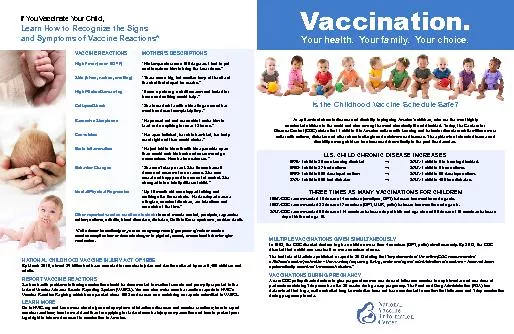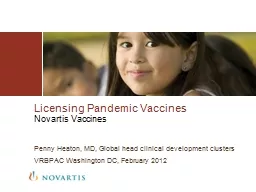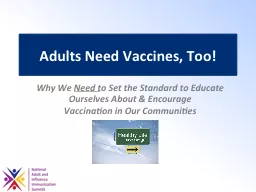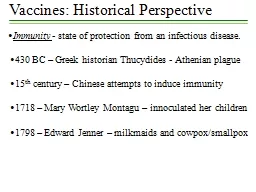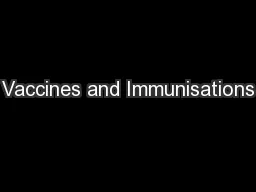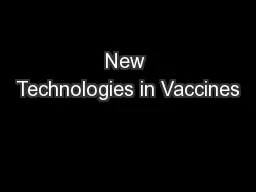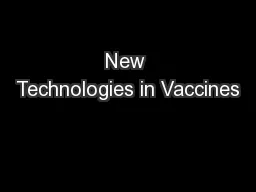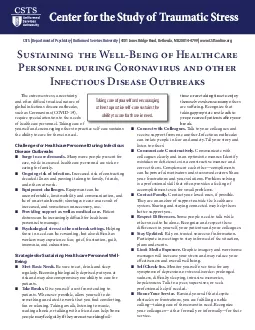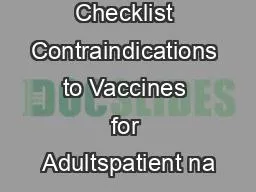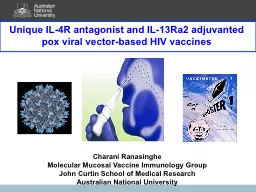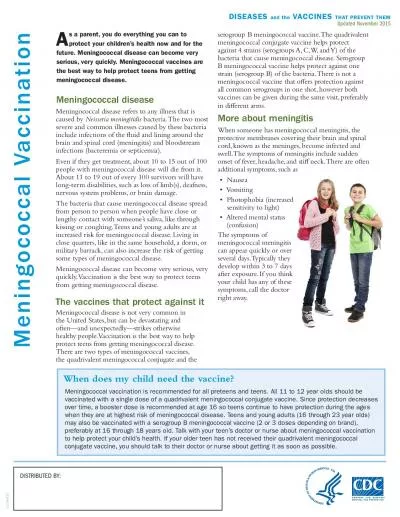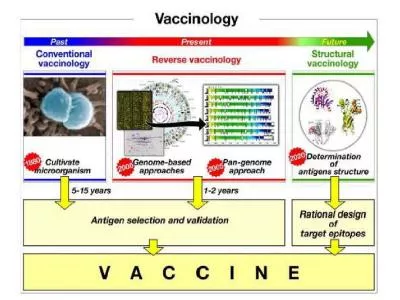PPT-Healthcare Personnel Vaccines:
Author : deena | Published Date : 2022-06-28
CDC Recommendations amp Why They are Important Jae L Hansen IMC NREMTP FPC Ret Ask yourself What can I do to protect myself What can I do to protect my patients
Presentation Embed Code
Download Presentation
Download Presentation The PPT/PDF document "Healthcare Personnel Vaccines:" is the property of its rightful owner. Permission is granted to download and print the materials on this website for personal, non-commercial use only, and to display it on your personal computer provided you do not modify the materials and that you retain all copyright notices contained in the materials. By downloading content from our website, you accept the terms of this agreement.
Healthcare Personnel Vaccines:: Transcript
Download Rules Of Document
"Healthcare Personnel Vaccines:"The content belongs to its owner. You may download and print it for personal use, without modification, and keep all copyright notices. By downloading, you agree to these terms.
Related Documents

